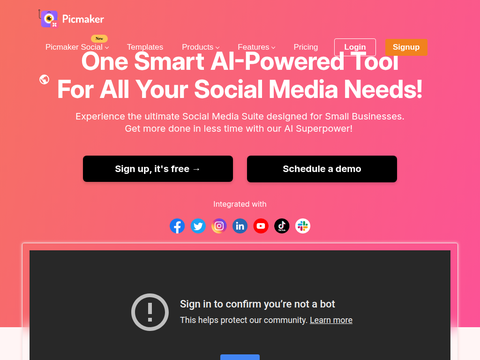Tinder is turning to AI in an effort to revitalize its dating app, which has reported a decline in paying users for nine consecutive quarters through Q3 of this year. During its earnings call on Tuesday, parent company Match Group revealed to investors that Tinder is currently testing a new feature called Chemistry. This feature aims to better understand users by asking them questions and, with their consent, accessing photos from their device’s personal photo library to glean insights into their interests and personality.
Match Group CEO Spencer Rascoff noted that the Chemistry feature is already being piloted in New Zealand and Australia and is expected to serve as a “core pillar” of Tinder’s planned product overhaul set for 2026.
Match isn’t the only company requesting access to users’ private photo libraries. Last month, Meta introduced a feature that asks permission to scan photos stored on users’ phones so its AI can suggest edits—even for images that haven’t been shared publicly.
In both cases, the tangible benefits to end users from granting such broad access appear minimal.
According to Match, the Chemistry feature will engage users through interactive prompts and leverage AI to build deeper profiles, ultimately delivering more compatible matches. For instance, if your photo library includes images of you hiking or rock climbing, the system may connect you with others who share similar outdoor interests.
While experimenting with these AI-driven enhancements, Match is also grappling with financial headwinds.
The company disclosed that its Q4 guidance includes a $14 million negative impact on Tinder’s direct revenue due to ongoing product testing. Combined with broader trends in the dating industry, this has pushed Match’s Q4 revenue forecast down to a range of $865 million to $875 million—below the analyst consensus of $884.2 million.
Beyond Chemistry, Match is integrating AI across other areas of Tinder. One example is a large language model–powered system that prompts users with “Are you sure?” before they send potentially offensive messages. The company also uses AI to help users select their most effective profile photos.
AI isn’t Tinder’s only strategy to boost subscriptions and engagement. The app has rolled out several other features recently, including dating “modes,” double dating options, facial verification, and a redesigned profile layout that displays biographical information directly on the primary photo card and integrates prompts within the photo carousel.
Despite these updates, Tinder faces a challenging market environment. Some younger users are shifting away from online dating in favor of real-world interactions, while U.S. daters may cut back on discretionary spending—including subscription services—as the country edges closer to a potential economic downturn.
Match reported that Tinder’s revenue fell 3% year-over-year in Q3, with paying users declining by 7%.
Overall, Match’s financial results were largely in line with expectations: total revenue rose 2% year-over-year to $914.2 million (versus the expected $915 million), and earnings per share came in at $0.62 on net income of $160.8 million, slightly below the anticipated $0.63.








